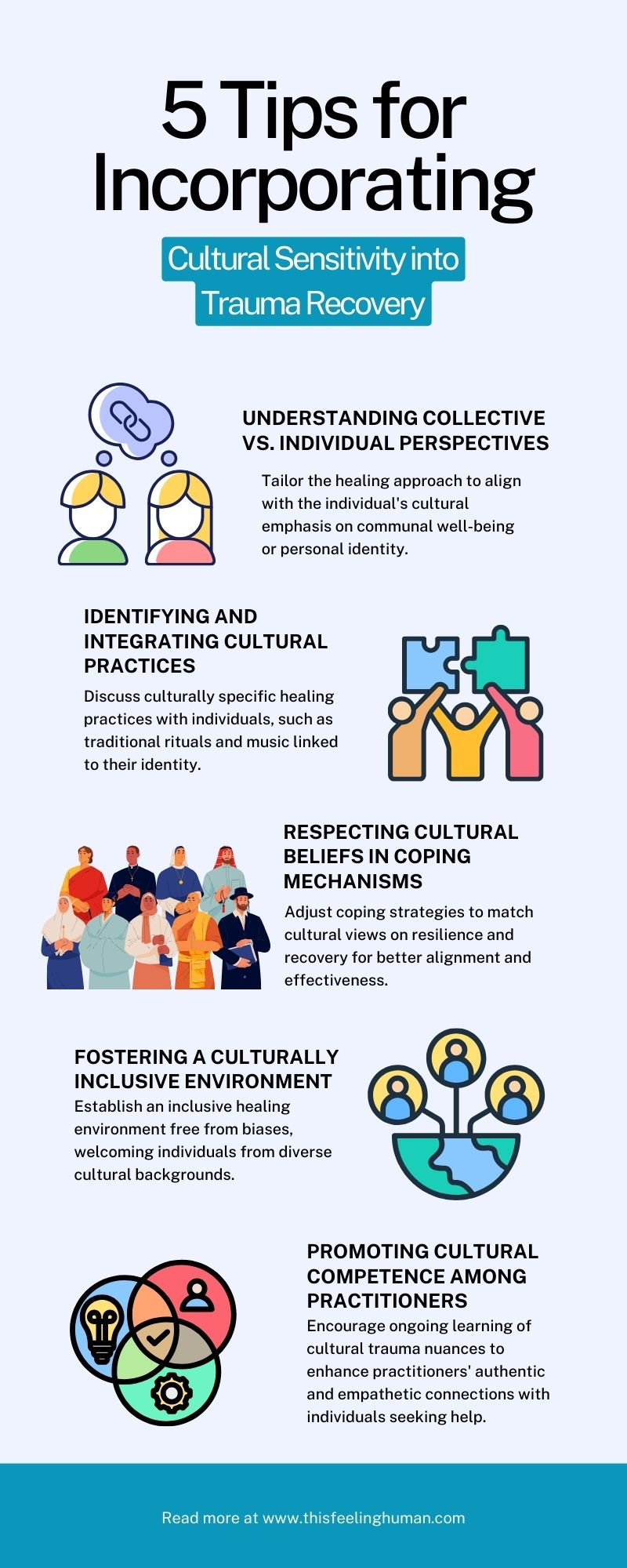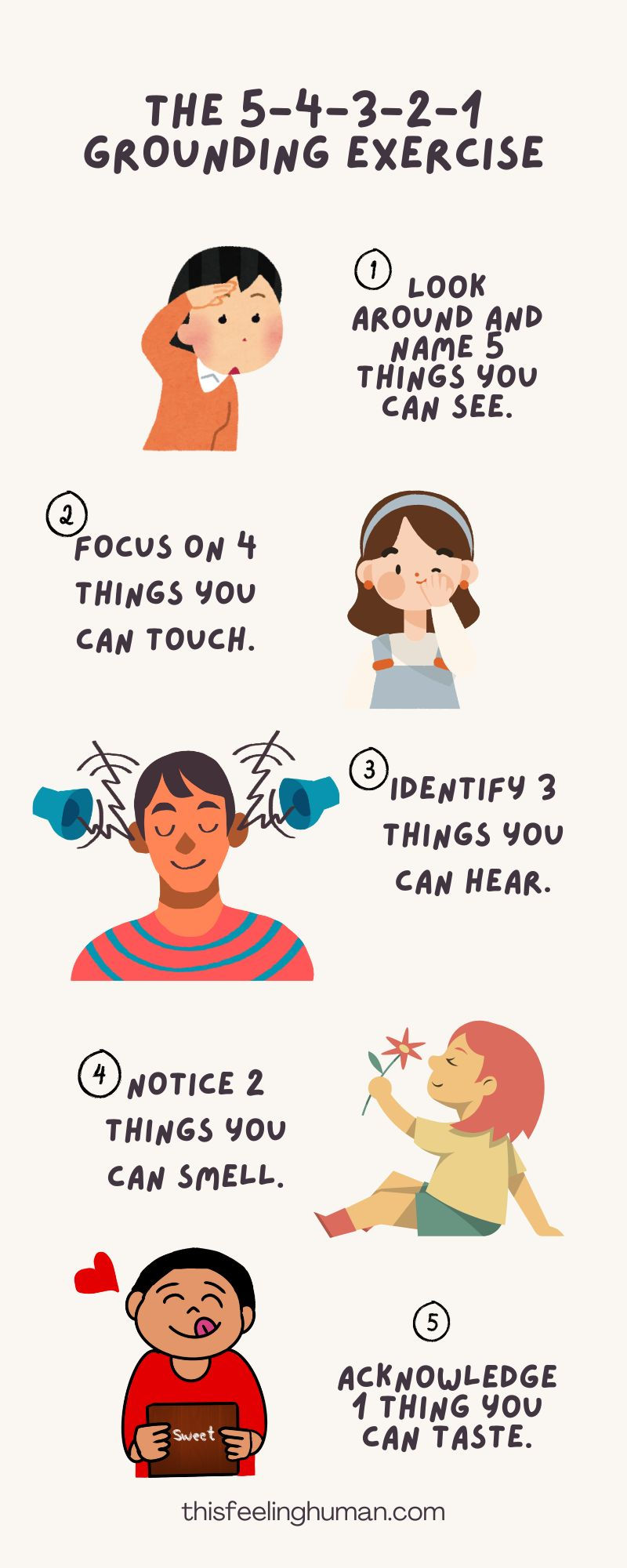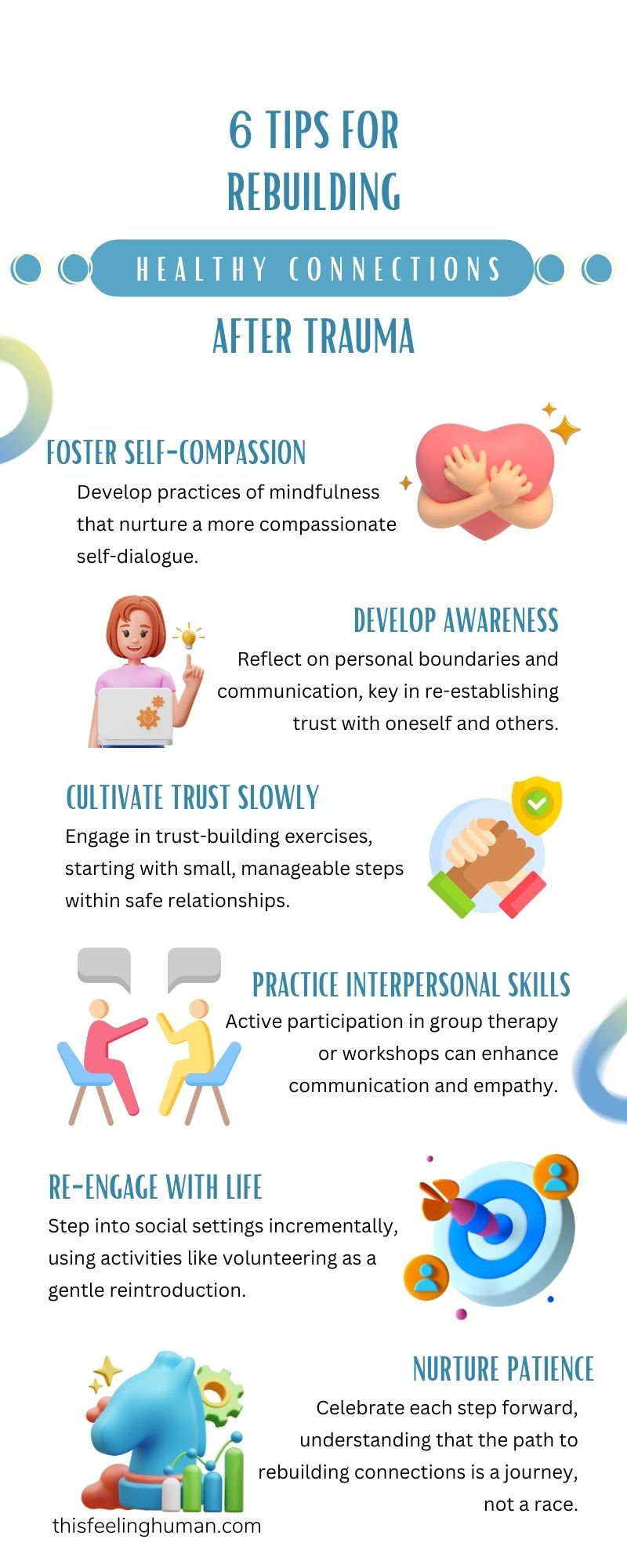Embodied Resilience: The Holistic Path to Healing Trauma in 'The Body Keeps the Score'
- TFH

- May 27, 2024
- 8 min read
Updated: Aug 7, 2024
"The Body Keeps the Score" by Dr. Bessel van der Kolk offers a profound exploration of trauma and its impact on the mind and body. It presents a holistic approach to trauma healing, emphasizing that trauma is not only a psychological condition but also a physical one, deeply ingrained in the body. This approach integrates multiple dimensions of healing, including neurobiology, psychology, and physiology, to address the complex and pervasive effects of trauma.
Recap of the Holistic Approach to Healing Trauma
1. Understanding Trauma's Impact:
Dr. van der Kolk explains how traumatic experiences are stored in the body, influencing both mental and physical health. Trauma can alter brain function, affecting memory, cognition, and emotional regulation.

2. Mind-Body Connection:
A key theme is the inseparability of mind and body in trauma healing. The book underscores the importance of recognizing how trauma manifests physically and how physical interventions can aid in healing.
3. Therapeutic Modalities:
The holistic approach advocated in the book incorporates various therapeutic modalities:
- Psychotherapy: Including Cognitive Behavioral Therapy (CBT) and Eye Movement Desensitization and Reprocessing (EMDR).
- Somatic Therapies: Techniques like yoga, mindfulness, and body awareness practices that help individuals reconnect with their bodies and release stored trauma.
- Creative Therapies: Utilizing art, music, and play therapy to facilitate expression and healing, especially when words are insufficient.
4. Community and Relationships:
The book also highlights the importance of supportive relationships and community in healing. Trauma can damage one's ability to connect with others, and healing often involves rebuilding these connections.
"The Body Keeps the Score" has had a significant impact on the field of mental health and the lives of individuals dealing with trauma.
Impact on the Field of Mental Health
1. Paradigm Shift:
The book has contributed to a paradigm shift in understanding and treating trauma. By highlighting the role of the body in trauma, it has broadened the scope of traditional psychological therapies to include somatic and holistic practices.
2. Integrated Approaches:
Mental health professionals are increasingly adopting integrated approaches to trauma therapy, combining talk therapy with body-centered practices. This has led to more comprehensive and effective treatment plans.
3. Research and Education:
Dr. van der Kolk's work has spurred further research into the neurobiological effects of trauma and the development of innovative therapeutic techniques. It has also become a crucial educational resource for clinicians and students in the fields of psychology and psychiatry.
Impact on Individuals' Lives
1. Validation and Understanding:
For many trauma survivors, the book offers validation and a deeper understanding of their experiences. Recognizing that their symptoms are rooted in physical changes and are not a sign of weakness or failure can be profoundly liberating.
2. Empowerment and Healing:
The book empowers individuals to take an active role in their healing journey by providing practical strategies and interventions. Techniques like mindfulness, yoga, and EMDR offer tangible ways to manage and reduce symptoms.
3. Hope and Resilience:
Ultimately, "The Body Keeps the Score" instills hope. It reassures readers that healing is possible and that the human body and mind have remarkable capacities for recovery and resilience.
Here are the top three videos about healing trauma that we have created and shared on our YouTube Channel:
How Our Emotions Drive Purposeful Action
Have you ever considered how your emotions directly influence your actions and decisions? Imagine navigating life not as being at the mercy of unpredictable emotional waves, but rather as a skilled surfer who harnesses the power of these waves to propel forward. Emotions, those vivid threads weaving through the fabric of our daily experiences, indeed can guide us, inform us, and drive us toward actions that resonate deeply with our core values.
Consider for a moment the rich tapestry of your emotional life. Happiness, anger, fear, and love are not just passing clouds in the mental sky of our existence; they are profound signals indicating what matters most to us. When fear grips us, it's not just an unpleasant sensation to be quashed; it's a beacon highlighting what we perceive as threats, urging us to take protective action. Similarly, joy isn't merely a fleeting pleasure; it's a crucial indicator of what truly aligns with our deepest desires and aspirations.
By framing emotions as messengers, we open ourselves to a transformative perspective. Emotions are not hindrances but invaluable assets. They provide continuous feedback on our journey through life, guiding us toward choices that are more fulfilling and aligned with our ideals.
Now, harnessing this emotional intelligence requires a methodical approach. Start by observing and recording your emotional responses with as much neutrality as a scientist jotting down experimental data. What situations trigger stress? When do you feel most joyful? Tools like journaling or mood-tracking apps can be invaluable in this quest, helping you map out emotional patterns and understand their triggers.
With this knowledge, you can begin to steer your life more consciously and prioritize environments that spark creativity and joy, while setting boundaries or developing strategies to mitigate those that induce stress or sadness. In doing so, you're not just reacting to life's events but actively shaping your path in alignment with what brings you genuine happiness and fulfillment.
In the realm of leadership and community, this mastery over emotions can transform mere management into inspirational leadership. A leader who understands and organizes their emotional landscape doesn't just lead; they inspire, motivate, and create spaces where others can also thrive emotionally.
In conclusion, embracing and organizing our emotions isn't just about achieving a state of calm or transient happiness; it's about crafting a life that is rich, purposeful, and deeply aligned with who we are and what we cherish. When we begin to view our emotions as valuable data rather than disturbances, we unlock a powerful tool in our quest for a fulfilling and meaningful existence. So next time an emotion sweeps over you, pause and listen. It has something important to tell you about your values, your environment, and, perhaps most importantly, your path to a truly purposeful life.
Healing Harmonies | Uniting Body and Mind
Yoga
Serves as a potent bridge connecting the mind and the physical self. For many who have experienced trauma, there is a profound disconnection from their bodies. Yoga helps them reintegrate by inviting them to move, breathe, and feel in synchronization. As participants go through poses and controlled breathing, they engage with locked-away emotions, initiating a healing process that begins from within.
Mindfulness in Healing
Mindfulness plays an essential role in trauma recovery. It provides individuals with tools to anchor themselves in the present moment rather than being overwhelmed by traumatic memories or anxious thoughts. By employing techniques like focused breathing and sensory connections, mindfulness acts as a haven, allowing individuals to experience the present moment without judgment. This proves invaluable for those dealing with the heightened alertness that often follows traumatic experiences.
Eye Movement Desensitization and Reprocessing (EMDR)
EMDR plays a critical role in trauma recovery. This therapy includes bilateral stimulation, similar to the natural process occurring during REM sleep, where the brain processes and stores emotional memories. EMDR helps in reprocessing traumatic memories — not by erasing them but by reducing their emotional impact. This makes traumatic memories more manageable and less intrusive in daily life.
Somatic Experiencing
Somatic Experiencing addresses trauma stored in the body. Observations suggest that traumatic experiences often leave behind a physical imprint, such as tension or chronic distress. Through enhanced body awareness and specific exercises, this therapy facilitates the release of pent-up fight-or-flight energy, aiding individuals in moving past their traumatic experiences and regaining control over their bodily responses.
Conclusion
Each of these therapies—yoga, mindfulness, EMDR, and somatic experiencing—offers unique benefits for trauma recovery. Collectively, they present a comprehensive approach to healing, demonstrating the significant synergy between the body and the mind in overcoming trauma.
When the Amygdala Goes into Overdrive
Have you ever wondered why sometimes, even in the absence of any imminent danger, you feel your heart pounding, your palms sweating, and a sense of dread creeping over you? Well, you may have your amygdala to thank for that. Nestled deep within your brain, the amygdala acts as the body's lookout, always on the alert for potential threats.
But what happens when this internal guardian becomes too intense? When the amygdala is pushed into overdrive, typically due to trauma, it's like having an overly worried parent who sees danger everywhere. This heightened state of vigilance, known as hyperarousal, can drastically alter your perception of the world. Suddenly, the phone ringing or a surprise visit—simple everyday occurrences—might feel like threats.
It's not just about feeling scared. This constant state of high alert can change the way you engage with your surroundings. Imagine walking through your favorite park, a place that once brought you peace and joy. With hyperarousal, this serene setting might now feel like a minefield filled with unseen dangers. The hustle of the grocery store, the honk of traffic, and even the solitude of a peaceful jog can trigger undue stress.
This vigilant amygdala distorts your perception, turning benign environments into potential hazards, and overestimating threats where there are none. This overwhelming fear response could lead to withdrawal and avoidance. Social events you once loved might now feel like daunting tasks, and activities that once sparked joy may now be sources of anxiety.
This is the profound impact of hyperarousal - a state that can lock the vibrancy of life behind bars of fear-induced caution. To summarize, hyperarousal, triggered by an overactive amygdala, can distort your perception of the world, making everyday activities seem threatening, and causing you to withdraw from social events. It's a state that can rob you of the joy in life, keeping you always on edge, always expecting something bad to happen.
So, the next time you feel that sense of dread creeping in, remember, it's not you; it's your amygdala. Understanding this can be the first step towards reclaiming the joy and peace that life has to offer. It's a journey, and it starts with awareness.
The Symphony of Social Connection: How Our Brains Harmonize
We are all social beings. It’s not just a part of who we are; it’s built into our brains. When we connect with others, whether it's hugging a friend or working together on a team, our brains release chemicals that make us feel good and help us bond.
To support this approach, we’ve collaborated with The School of Emotions to feature their Emoli Cards. Additionally, you can opt for our Emotions-Based Coaching bundle, which includes a life coaching session and a year-long subscription to Calm3D’s immersive tool for emotional regulation. Explore our bundled promotion here.
Why We Connect
Our brains release a hormone called oxytocin when we do something nice for someone or when someone does something nice for us. This hormone helps us trust and feel close to others. There’s another chemical, called dopamine, that makes us feel happy when we work well with others. These chemicals are our body’s way of encouraging us to make and keep friends.
Building Communities
Our need for social connections influences much of what we do. Think about language - it’s all about connecting with others. We use words to share our thoughts, show our feelings, and work out our differences. Stories, which are a big part of every culture, help us bond. They let us share important lessons and feel connected to those around us and those who came before us.

Learning and Working Together
Play is often about being with others too. Most games need more than one person, and playing together teaches kids how to get along and understand each tiller.
Workplaces also show how naturally we come together. Whether it's people planning a project at an office or planning a group trip, working together has always been part of human life. We achieve more together than alone.
Feeling Alone Hurts
Feeling lonely is tough, not just emotionally but in a way that we can physically feel. That pain is like a sign from our brain that we need more social interaction.
Why It Matters
Today, even though we can connect so easily using technology, many of us feel alone. It’s important to remember how much we need each other. Simple acts like shaking hands, collaborating on projects, or sharing a joke matter a lot. They remind us that we’re all part of a bigger group.
Life is better together. We are meant to connect, share, and support one another. That’s what our brains, and our experiences, tell us every day. Let's cherish and keep building our connections with others.
Conclusion
"The Body Keeps the Score" is a transformative work that bridges the gap between mind and body in the context of trauma. Its holistic approach to healing has revolutionized mental health practices and provided invaluable insights and tools for trauma survivors, fostering a deeper understanding and more effective pathways to recovery.
References
Special thanks to these websites for providing the source material that inspired our journey. Visit https://www.besselvanderkolk.com/resources/the-body-keeps-the-score, https://www.youtube.com/watch?v=iTefkqYQz8g, and https://www.youtube.com/watch?v=QSCXyYuT2rE to learn more about healing trauma and its impact in our lives.



Comments